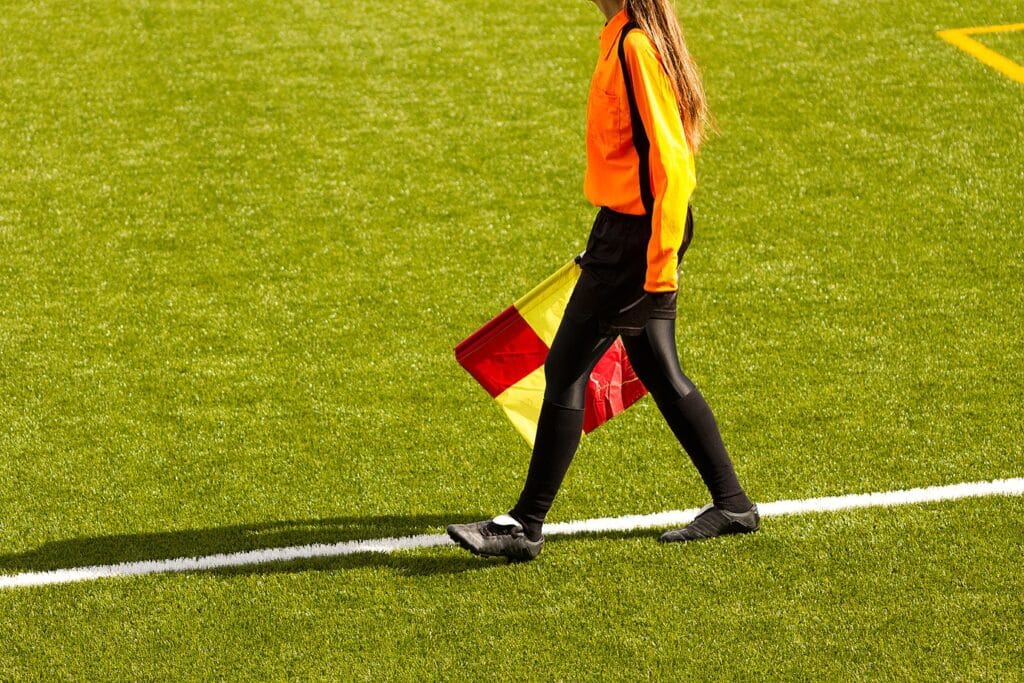Current sport officiating uniforms are male-centric and uncomfortable for women, according to new research from Victoria University, which identified uniforms as a key barrier to encouraging more women into leadership roles in sport.
The VU team collaborated with the Susan Alberti Medical Foundation and Women Sport Australia, to survey 286 current officials (250) and non-officials (36) aged between 15 and 80 (average age of 33) from each Australian state and territory.
Sixty-one per cent of referees and umpires feel uncomfortable wearing their current uniform, and 82 per cent would feel more confident officiating if they could wear their preferred uniform.
The research was led by VU Susan Albert Women in Sport Chair, Professor Clare Hanlon. It builds on previous work that instigated national policy changes for women and girls playing in different sporting codes.
Nearly two thirds of non-officials identified uniforms as a barrier to officiating. Other barriers they recognised included harassment and discrimination, a lack of flexibility as well as inadequate training and gender stereotypes.
In Australia, women are under-represented as umpires and referees. Professor Hanlon said officiating barriers must be broken if sport wants to see more women in leadership roles.
“To disrupt norms, we heard from women referees and umpires to remove unisex uniforms, stop being dictated to on the length of shorts, impractical uniforms for the weather, and having to wear all white,” said Professor Hanlon.
An ideal uniform, according to survey respondents, would take into consideration the comfort and fit, choice and flexibility, be professional and identifiable as well as have practical features.
One current official shared how the uniforms made her feel, saying: “I am happy to wear the uniform that is set by the competition in which I am officiating provided the uniform is of a fit that I am comfortable wearing, especially when I have to pay for my uniform. In the past I have had to purchase a uniform sized for men- these are too big for me.”
Another official told the survey that there wasn’t a winter uniform option provided to her, meaning she was always cold. She also described how the uniform that was provided didn’t suit her plus-sized body, and that the fabrics are predominantly white, making her confidence drop when she was menstruating.
Women Sport Australia President, Helena Dorczak, said that the time for updates to existing guidelines around officials’ uniforms is now.
“The barriers identified in this research are not insurmountable or unreasonable– granting them would be a significant step forward in retaining girls and women in officiating roles, and importantly, attracting them to it,” said Dorczak.
“The considerations this valuable research has identified should be no brainers for sporting codes at all levels and apparel suppliers to act upon.”

